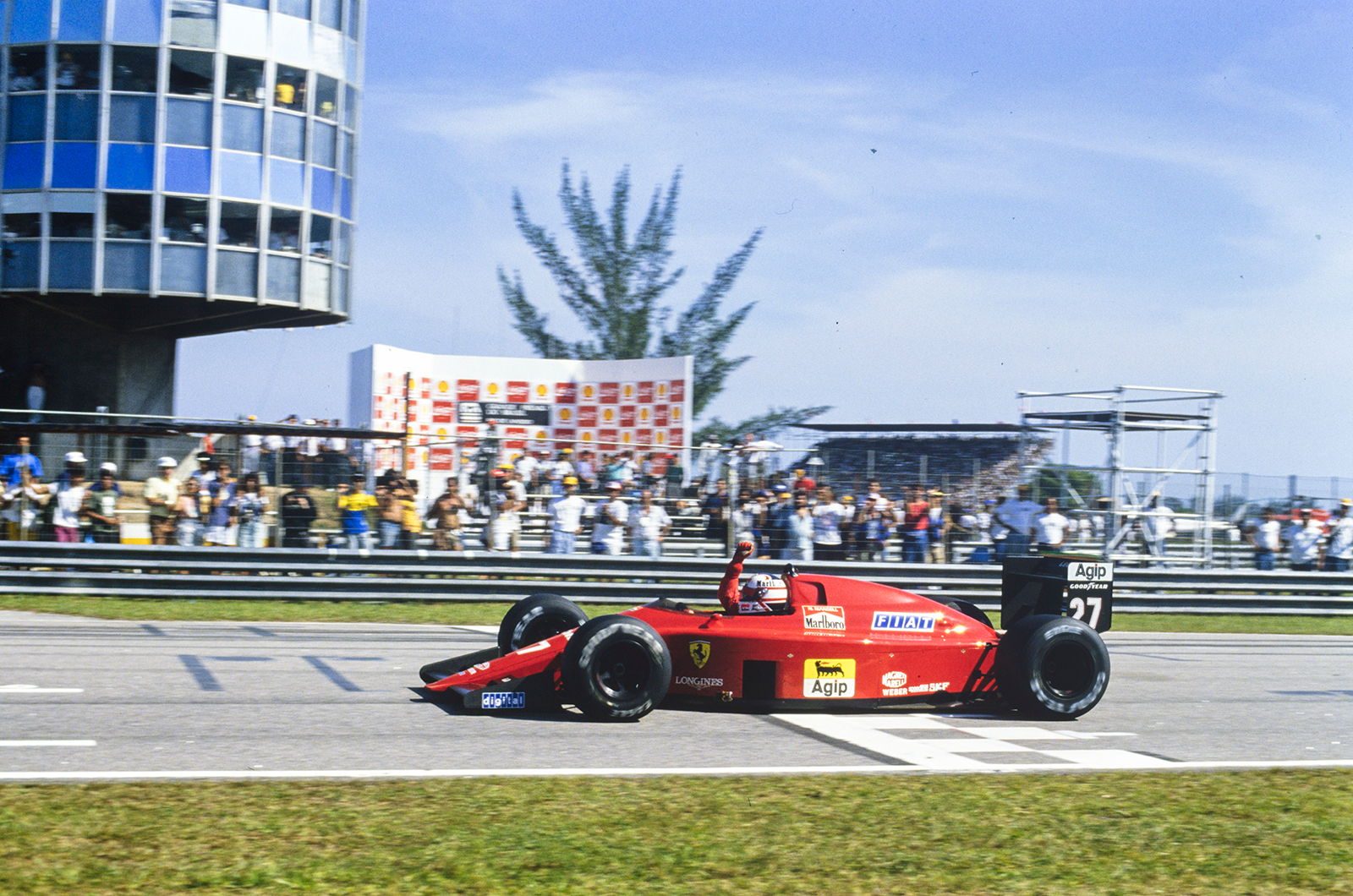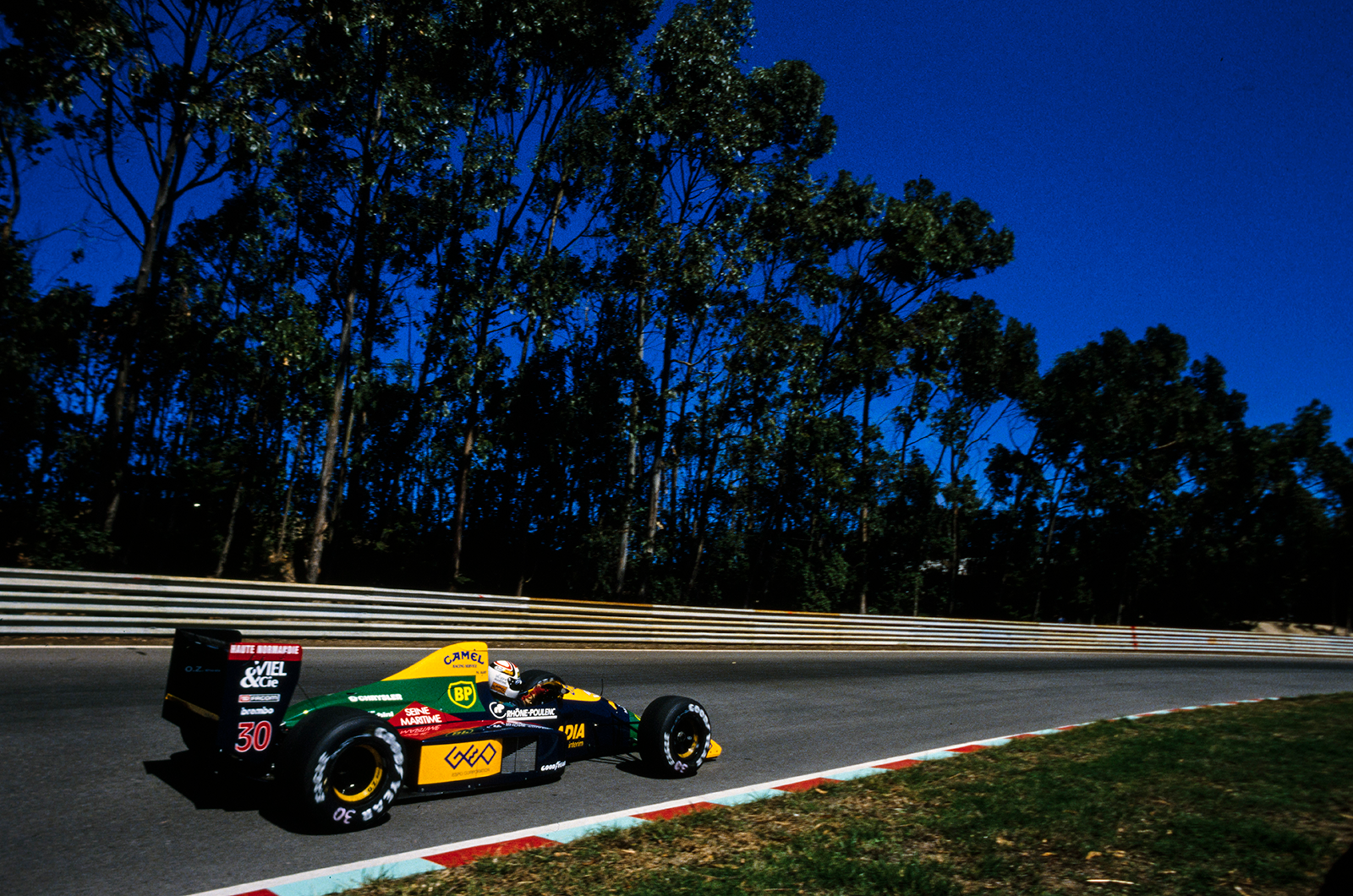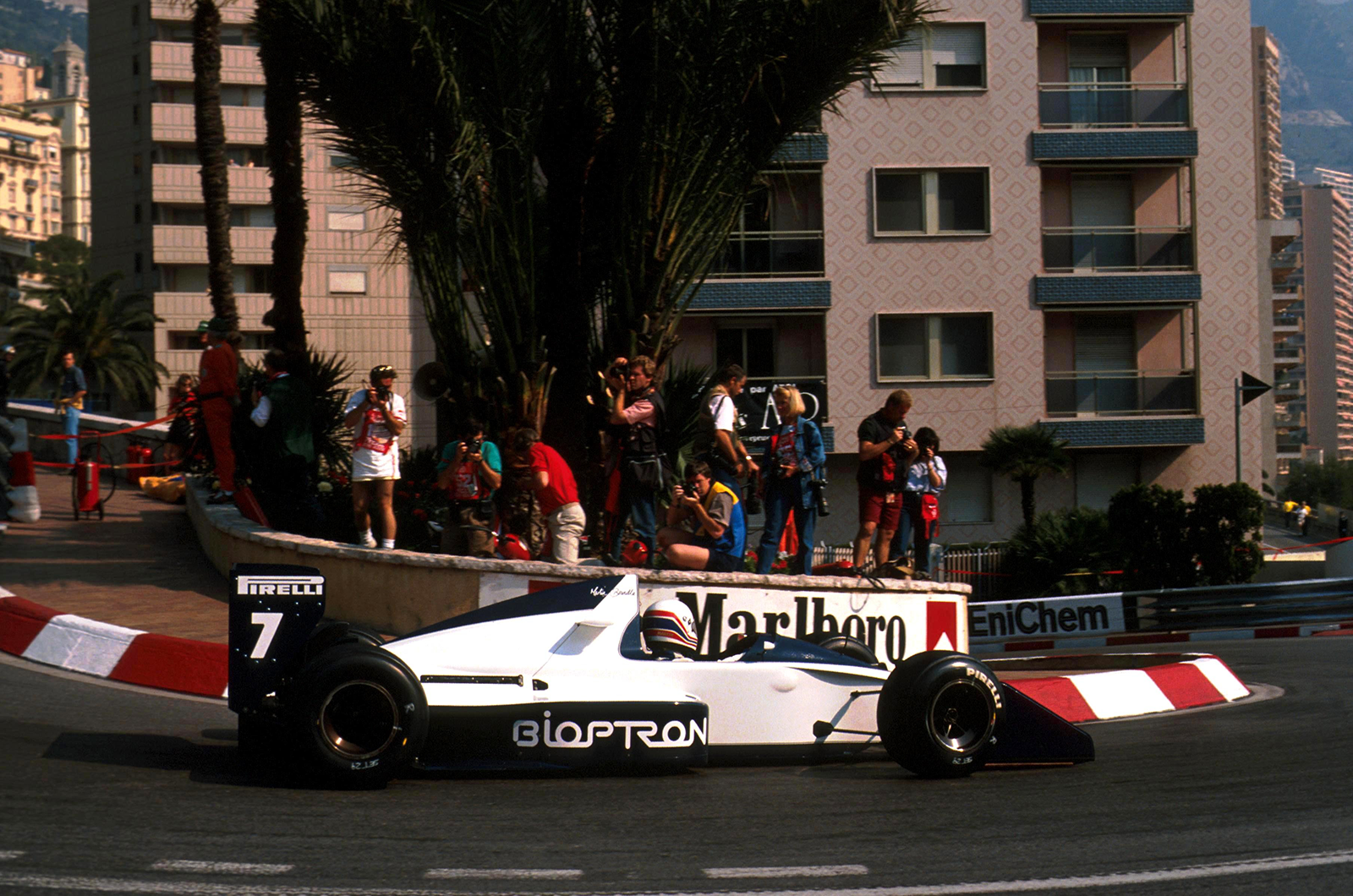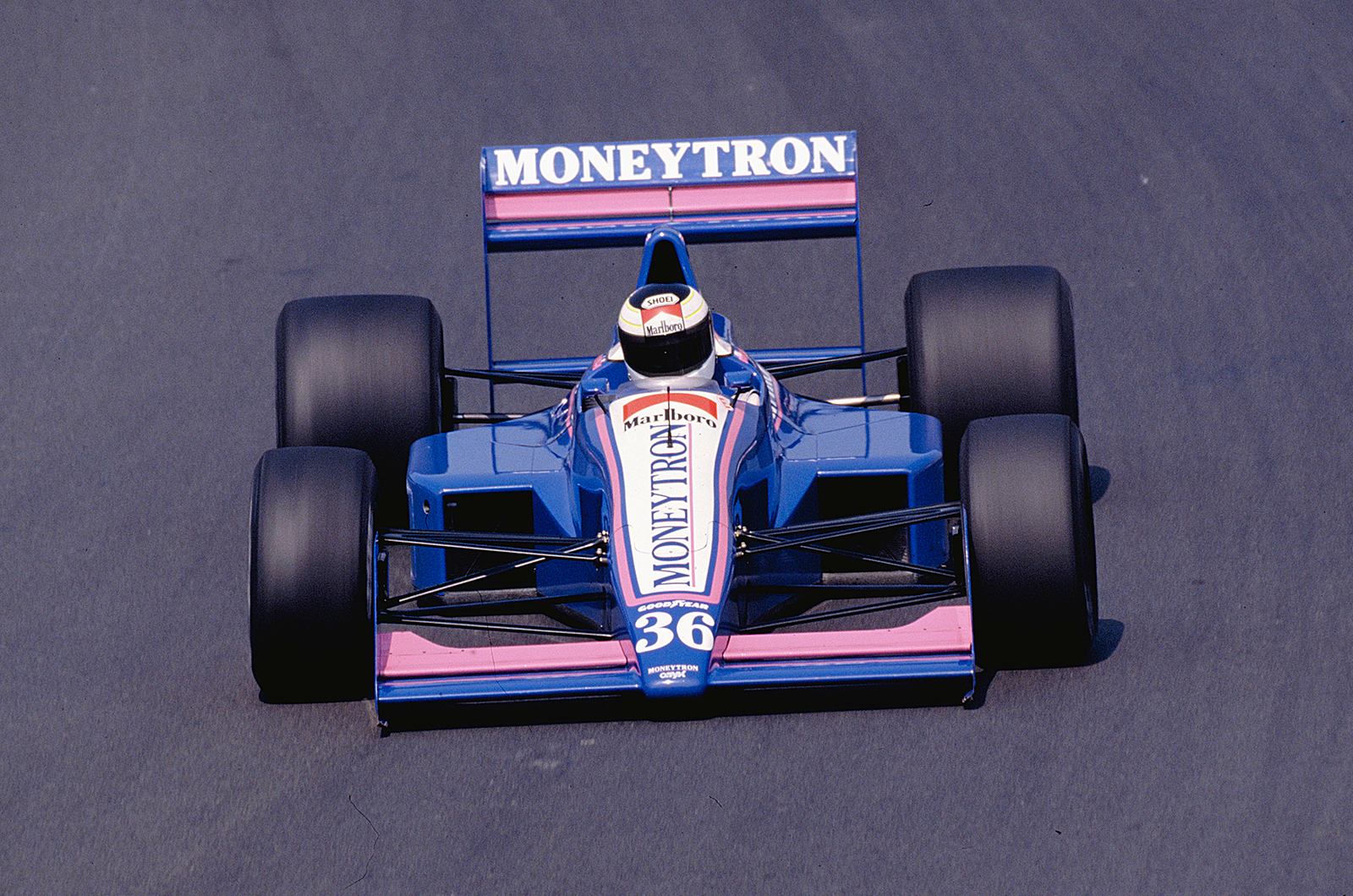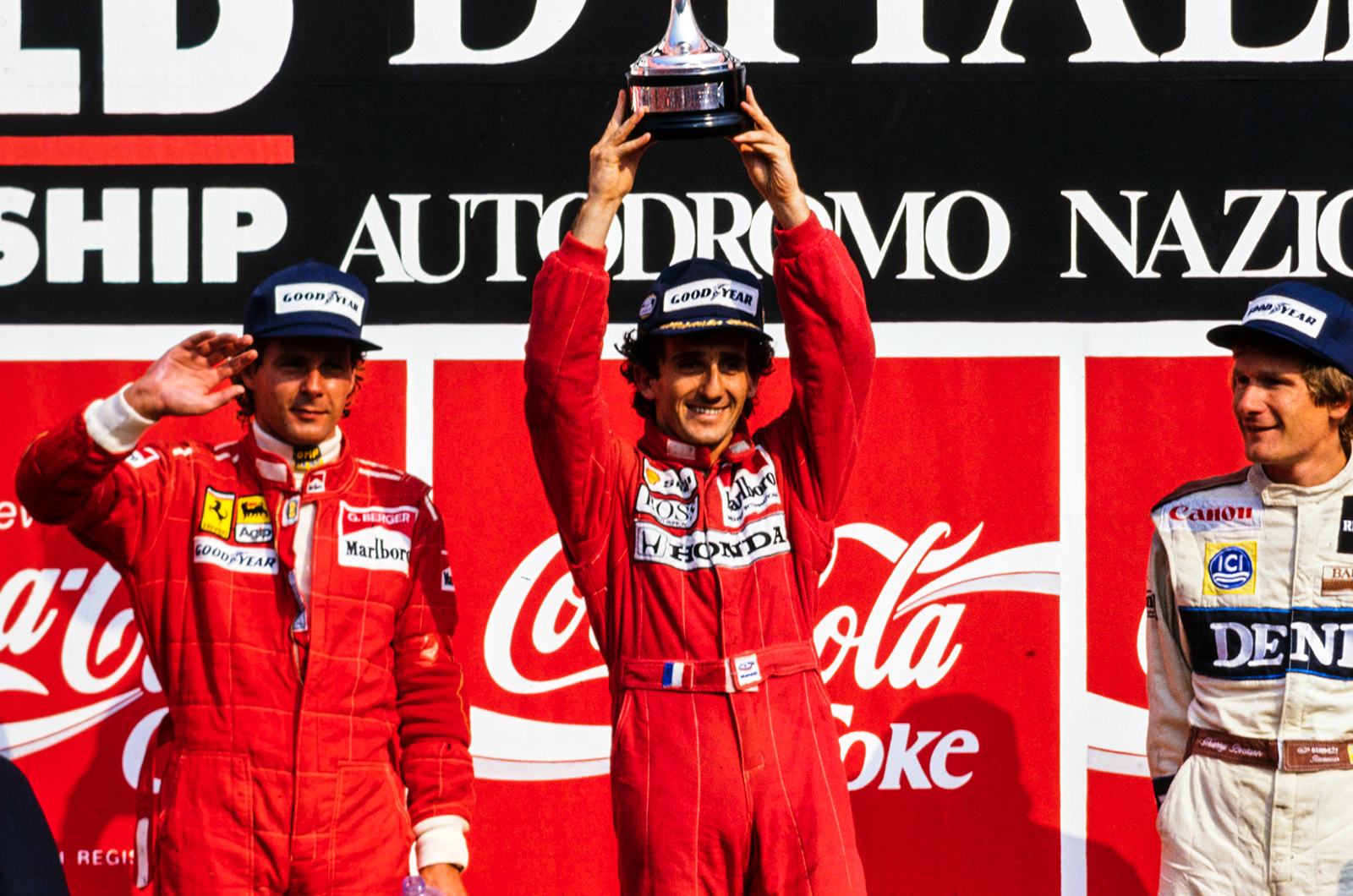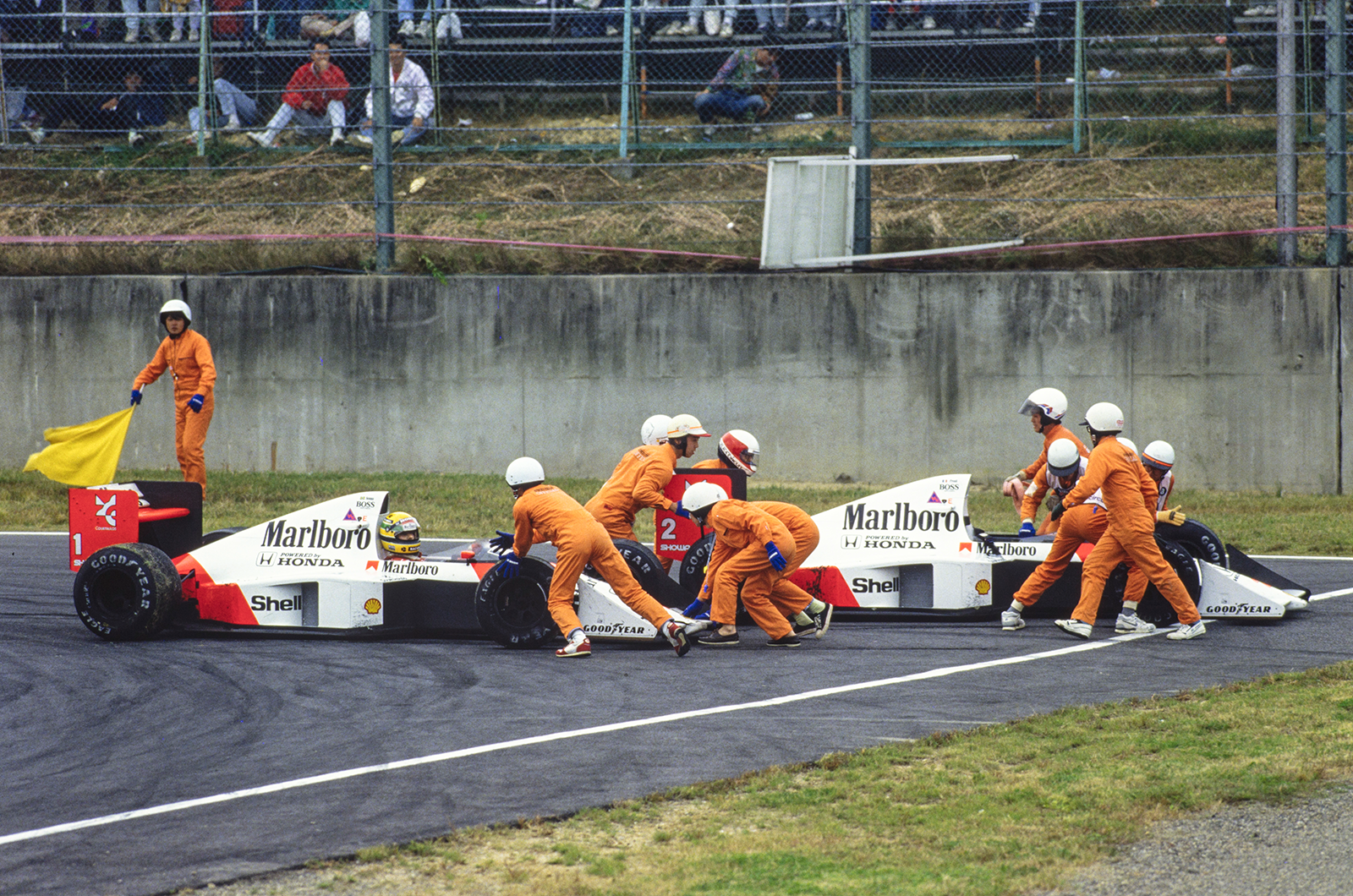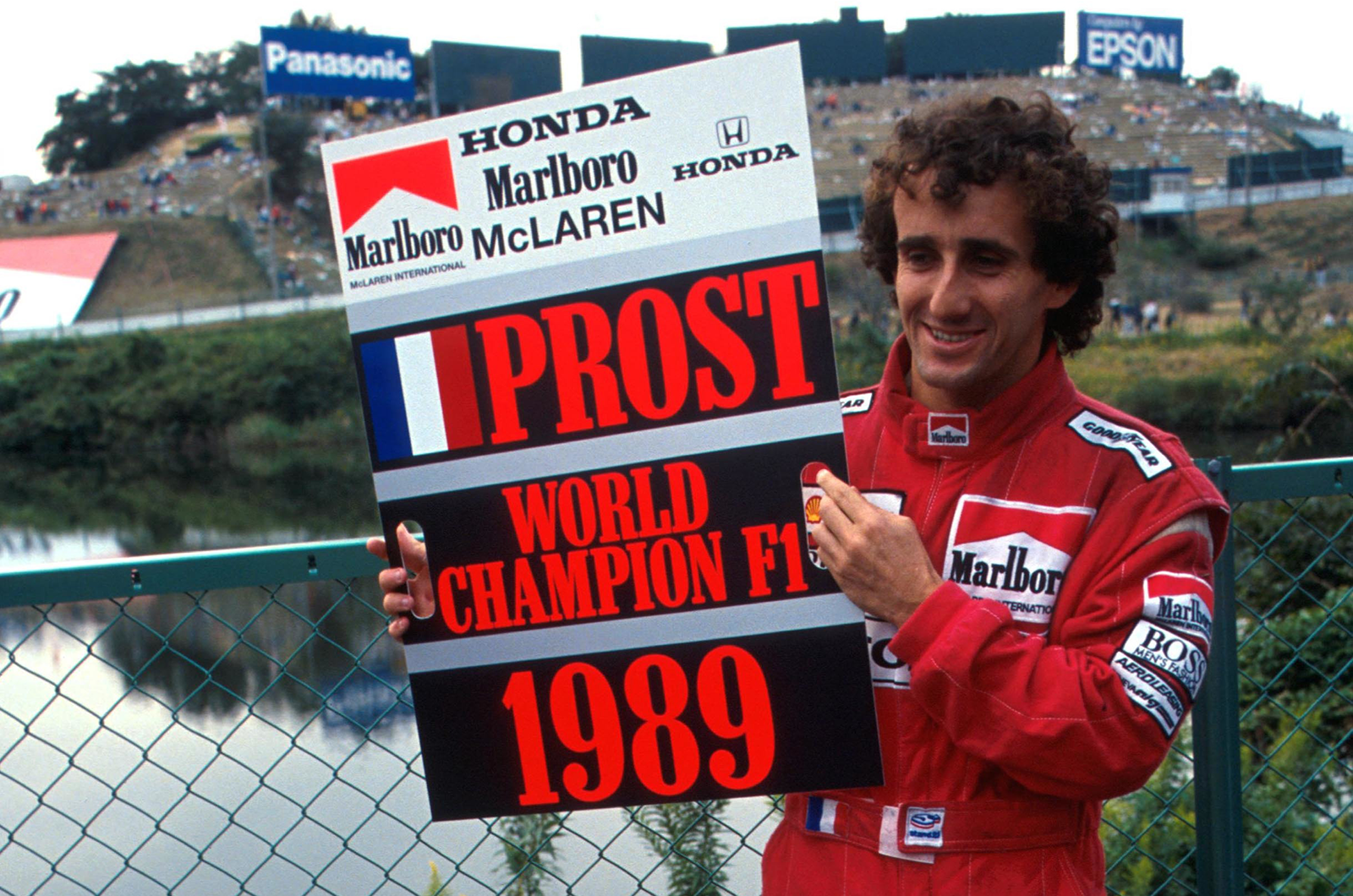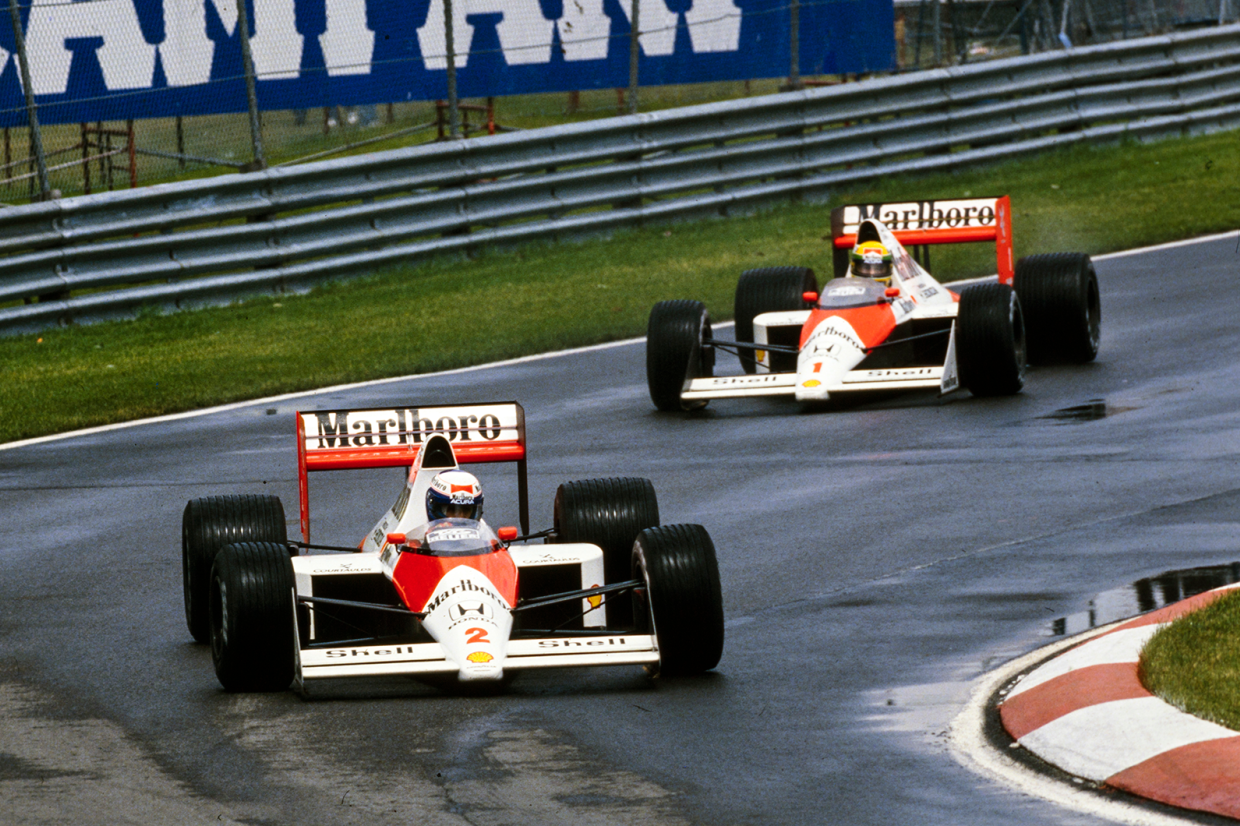
From Nigel Mansell’s unexpected victory in Rio to Thierry Boutsen winning a soaking Australian Grand Prix, the 1989 Formula One season offered storylines aplenty.
There was a controversial finish to the championship, a feud between its top two drivers, the introduction of transformative new technology, and giant-killing performances from talented underdogs who were able to compete with the big boys.
It’s hard to believe that it all happened 30 years ago but, while the basic premise of Grand Prix racing may have been the same as it is today, in any number of ways it was a completely different sport.
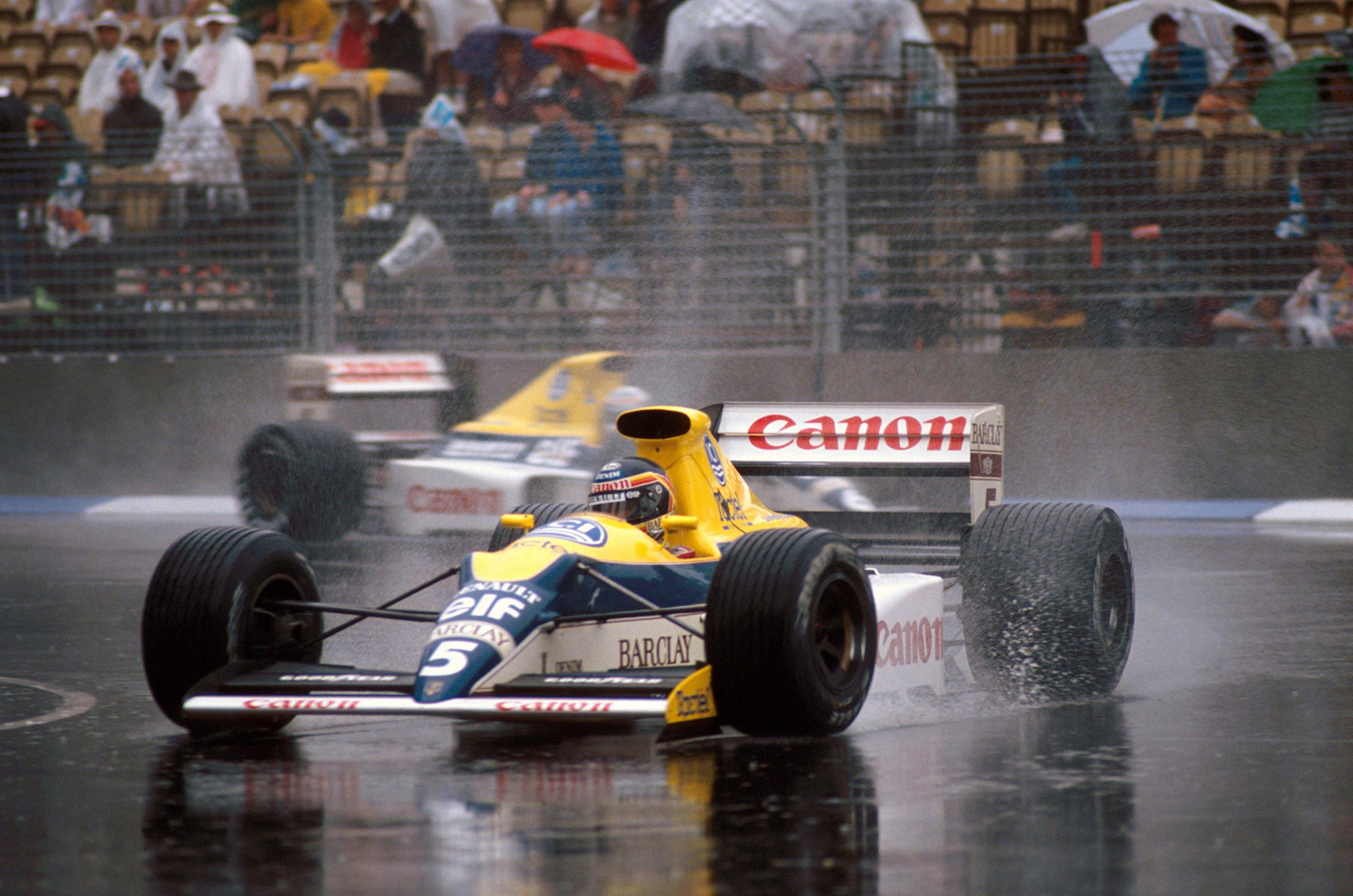
Boutsen was victorious Down Under in November ’89
For the most part, cars were still basically analogue and pure of line, with none of the fiddly aerodynamic add-ons that started to appear during the 1990s. There was also none of the electronic wizardry that’s packed into today’s cars.
But change was afoot. Ferrari’s John Barnard had come up with a semi-automatic gearbox that was operated via paddles behind the steering wheel.
Maranello politics were in full swing, and some at the Scuderia were vehemently opposed to the new technology.

